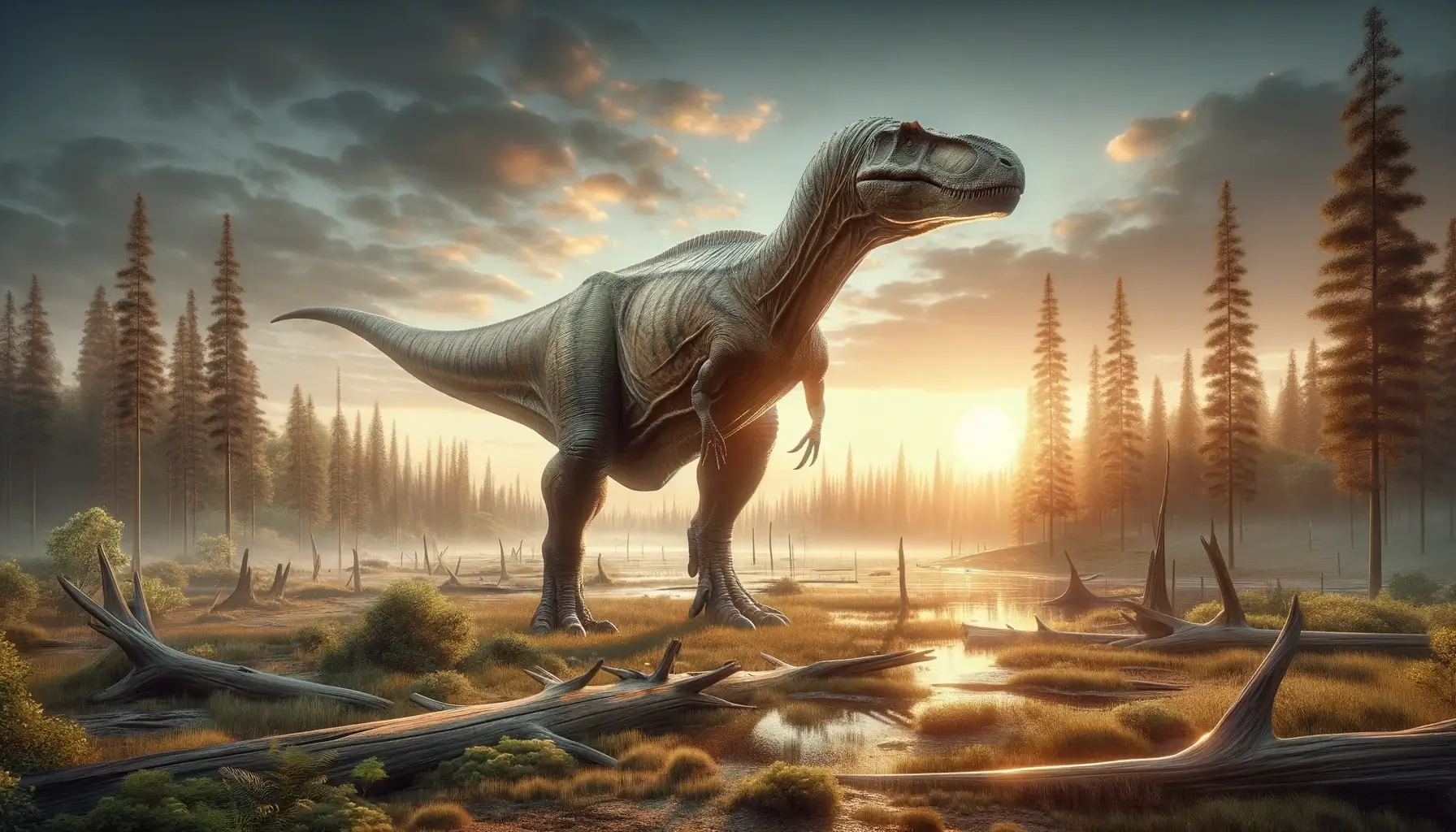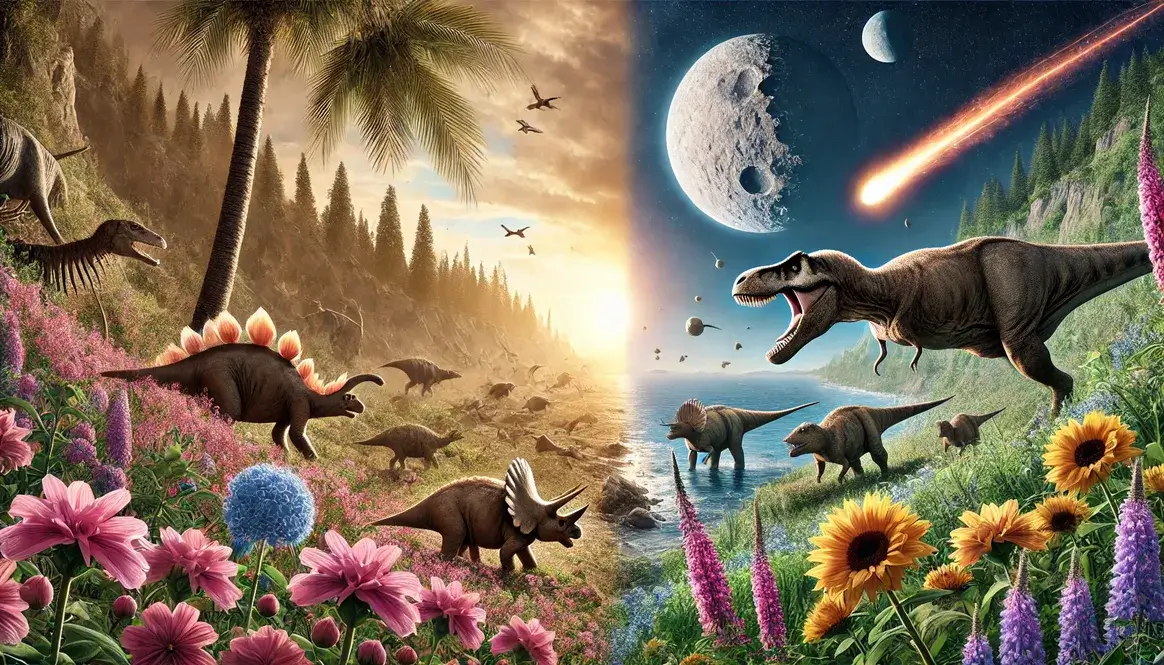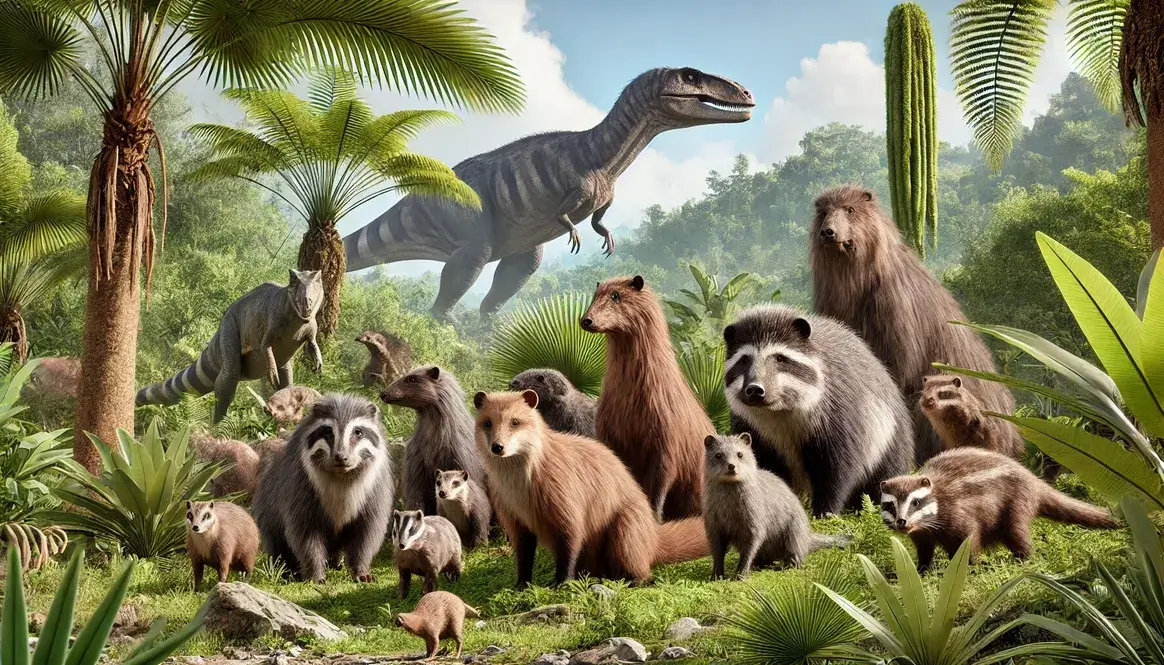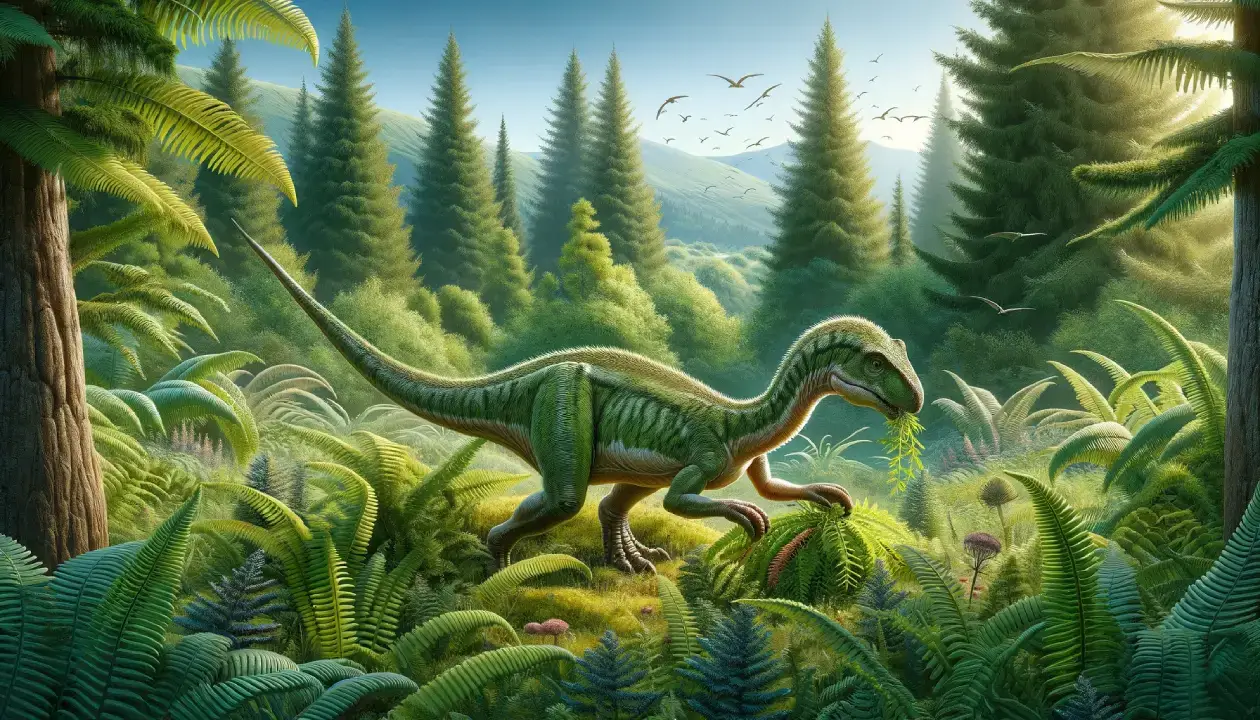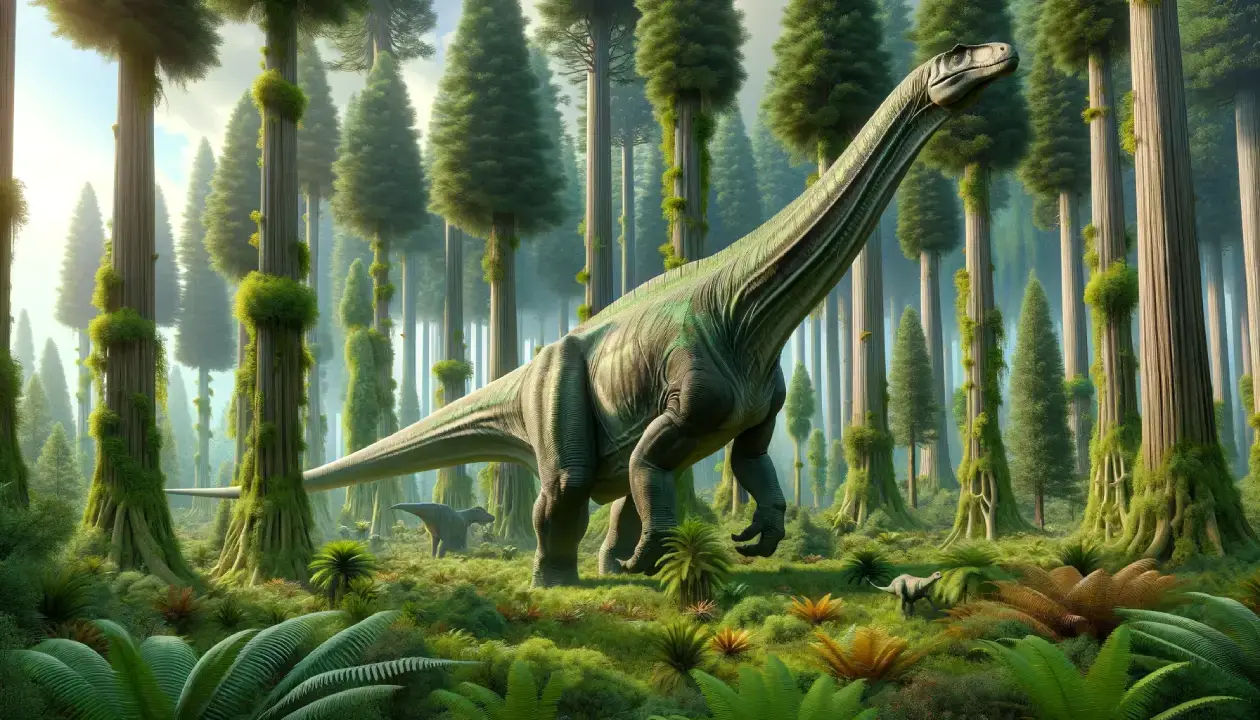Allosaurus was a fierce predator that lived during the Late Jurassic period, about 155 to 145 million years ago. It was one of the largest and most common meat-eating dinosaurs of its time, and had a powerful bite, sharp teeth, and strong claws. Allosaurus is also one of the best-known dinosaurs, thanks to the many fossils found in North America and Europe.
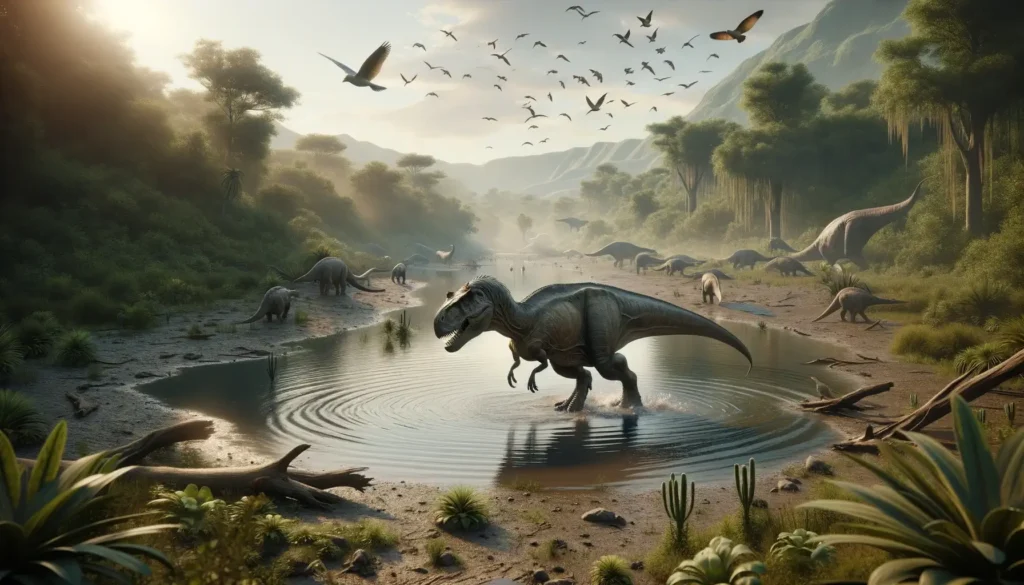
Basic Information
| Feature | Details |
|---|---|
| Time Period | Late Jurassic |
| Diet | Carnivore |
| Length | 8.5 to 9.7 meters (28 to 32 feet) |
| Weight | 1.5 to 3.6 metric tons (1.7 to 4 short tons) |
| Size | Large |
| Posture | Bipedal |
| Locations | USA, Portugal, Tanzania, Australia |
| Continent | North America, Europe, Africa, Australia |
| Type | Theropod |
| Habitats | Forest, Grasslands, Floodplains |
Description of Allosaurus
Historical Context
Allosaurus was first named by the American paleontologist Othniel Charles Marsh in 1877, based on a partial skeleton from Colorado. The name means “different lizard”, because its vertebrae were unlike those of other dinosaurs known at the time. Allosaurus was one of the first theropod dinosaurs to be discovered and studied, and it has been featured in many books, movies, and documentaries. Allosaurus is also the state fossil of Utah.
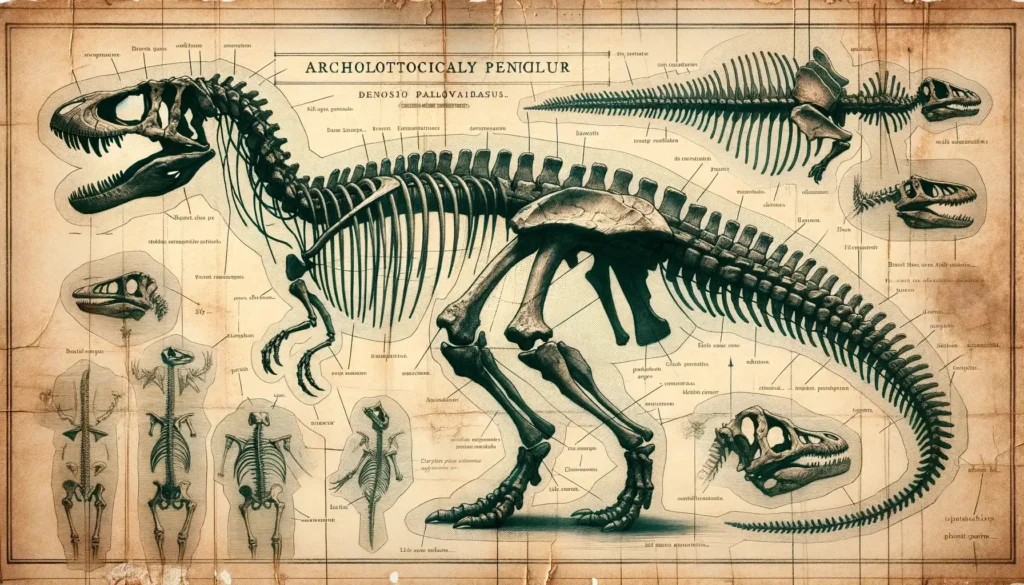
Physical Attributes
Allosaurus had a large head with a long snout and a pair of horns above its eyes. Its skull was light and strong, with many openings to reduce weight and increase space for muscles. It had about 32 teeth in its jaws, which were curved and serrated for slicing flesh. Allosaurus could open its mouth very wide and bite with a lot of force, but its teeth were not very strong and could break easily.
Allosaurus had a muscular body with a long tail that helped it balance. Its legs were long and powerful, with three-toed feet and sharp claws. Its arms were short and had three fingers each, also with claws. Allosaurus had a flexible spine that allowed it to twist and turn quickly. It was covered with scales and possibly some feathers.
Feeding Habits
Allosaurus was a carnivore that hunted and scavenged for food. It preyed on large herbivorous dinosaurs such as stegosaurs, sauropods, and ornithopods. It may have hunted alone or in groups, using speed, agility, and teamwork to bring down its prey. Allosaurus could also use its arms and claws to hold or slash its prey, or its horns to ram or gore them.
Allosaurus was also an opportunistic feeder that would eat carrion or steal kills from other predators. It had a fast metabolism and needed a lot of food to survive. It may have competed with other large theropods such as Ceratosaurus and Torvosaurus for food and territory.
Unique Features
One of the most distinctive features of Allosaurus was its ability to unhinge its lower jaw like a snake. This allowed it to swallow large chunks of meat without chewing them. It also helped it avoid damaging its teeth when biting hard bones or armor.
Another unique feature of Allosaurus was its high degree of variation among individuals. Different species, subspecies, or populations of Allosaurus may have differed in size, shape, color, or ornamentation. Some specimens had crests on their noses or ridges on their skulls, while others did not. Some specimens had longer or shorter snouts than others. Some specimens had more robust or slender bones than others. These differences may have been related to age, sex, diet, environment, or evolution.
Movement and Speed
Allosaurus was a fast and agile dinosaur that could run at speeds of up to 30 km/h (19 mph). It could also jump, turn, and dodge quickly thanks to its flexible spine and tail. Allosaurus was bipedal, meaning it walked on two legs. It used its arms for balance or grabbing prey.
Allosaurus was also able to swim and climb trees if needed. It had webbed feet that helped it paddle in water. It also had strong claws that helped it grip branches or rocks.
Cultural Impact
Allosaurus has been one of the most popular and influential dinosaurs in culture and media. It has appeared in many books, movies, TV shows, games, toys, and art works as a symbol of power, ferocity, and awe. Some examples are:
- The Lost World (1912), a novel by Sir Arthur Conan Doyle that features an Allosaurus attacking the protagonists.
- The Valley of Gwangi (1969), a movie by Ray Harryhausen that features an Allosaurus as the main antagonist.
- Jurassic Park (1993), a movie by Steven Spielberg that features an Allosaurus skeleton in the visitor center.
- Walking with Dinosaurs (1999), a TV series by BBC that features an Allosaurus as one of the main characters.
- Jurassic World: Fallen Kingdom (2018), a movie by J.A. Bayona that features an Allosaurus escaping from a volcanic eruption.
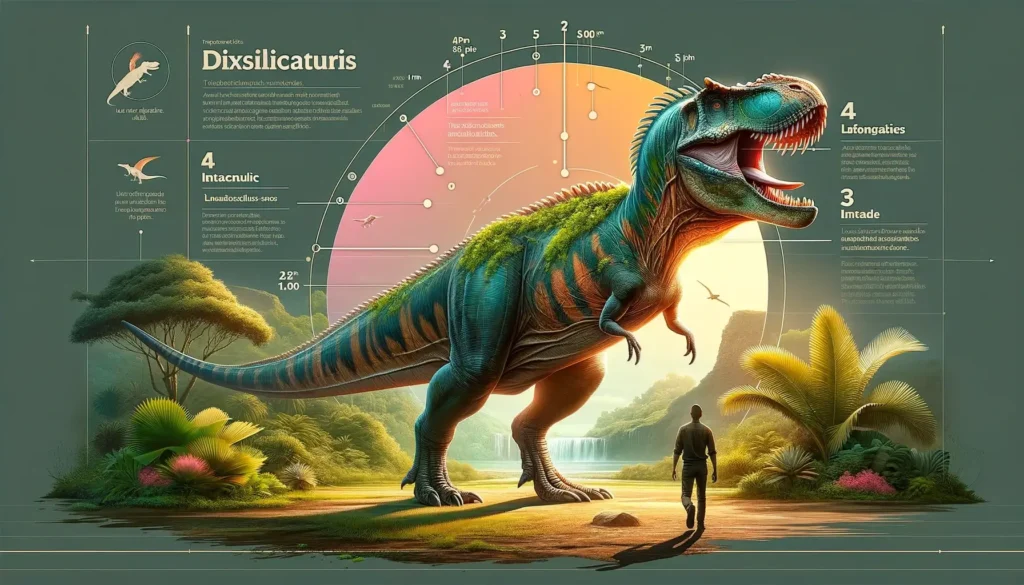
Interesting Facts
- Allosaurus is also known as the “lion of the Jurassic”, because it was the top predator of its time and place.
- Allosaurus fossils have been found with bite marks from other Allosaurus, suggesting that they may have fought or cannibalized each other.
- Allosaurus may have had a loud roar or hiss that it used to communicate or intimidate.
Related Dinosaurs
- Sinraptor, a close relative of Allosaurus that lived in Asia and had a longer snout and smaller horns.
- Acrocanthosaurus, a distant relative of Allosaurus that lived in North America and had a tall ridge along its back and neck.
- Carcharodontosaurus, a distant relative of Allosaurus that lived in Africa and had very large teeth and a massive skull.

